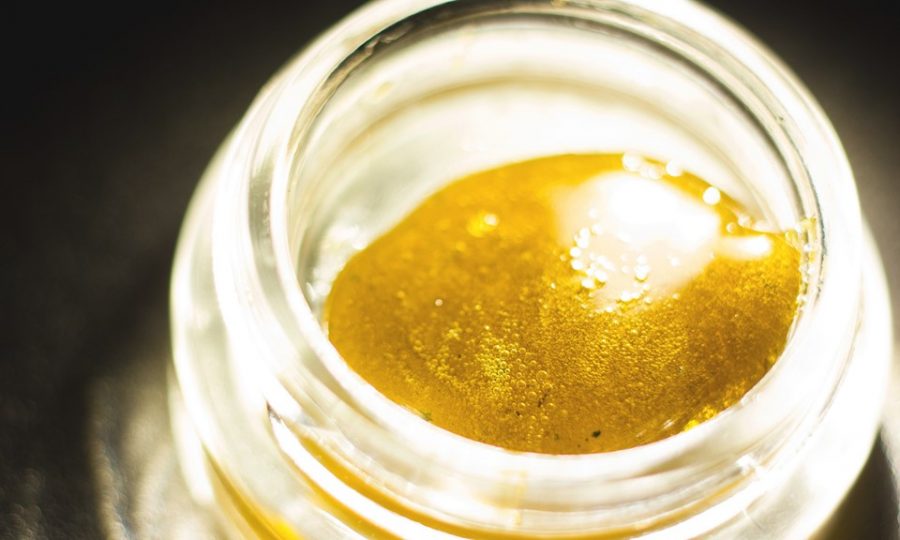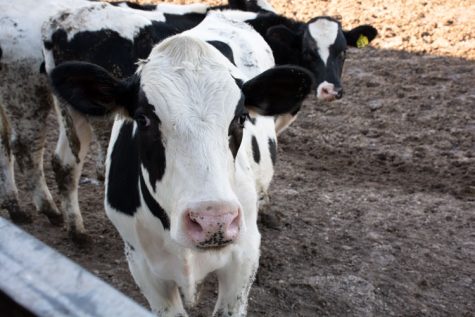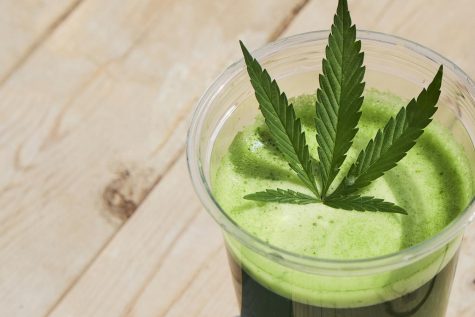‘Dabbing’ cannabis may release cancerous toxins
Dabbing, a new popular method of cannabis consumption, may present health hazards to consumers.
Researchers at Portland State University analyzed the chemical composition of the vapors released by butane hash oil (BHO), a cannabis extract used in dabbing, and found dabbing produced elevated levels of carcinogen and toxic compounds.
According to the study, BHO contains up to 90 percent of tetrahydrocannabinol, making the compound a raising concern for both social and medical consumption.
When consumers practice dabbing, they place a small amount of cannabis extract, a dab, on a heated surface and inhale the resulting vapor through a water pipe. Dabbing has become a popular practice because of the intense high it produces.
The researchers also found the experiments yielded high levels of benzene, a known cancer-causing chemical, and methacrolein, a noxious irritant that is structurally similar to a pulmonary irritant.
Part of the study focused on the chemistry of terpenes, the fragrant oils that give cannabis its aromatic diversity, that can enhance the psychoactive effect of cannabis. The research also had significant implications for flavored e-cigarette products due to the extensive use of terpenes as flavorings.
“Although benzene is a ubiquitous pollutant, the concentrations of benzene found in the dabbing terpenes at the highest [dabbing temperatures] are far greater than those found in ambient air.”
The researchers said they plan to further examine the potential impacts of cannabis products on the market.
They added, “given the widespread legalization of marijuana in the U.S., it is imperative to study the full toxicology of its consumption to guide future policy.”








